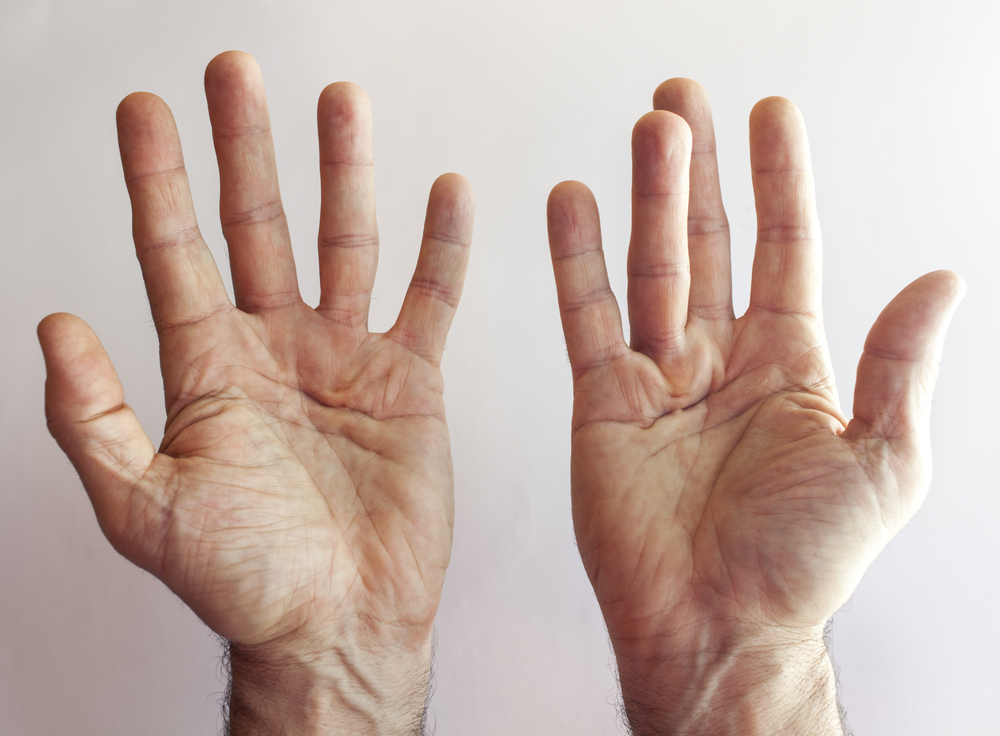The Symptoms And The Treatment Options For Dupuytren’S Disease
The symptoms and the treatment options for Dupuytren’s disease
Dupuytren’s Disease isn’t a well-understood condition and that’s quite surprising given how common the condition is. The basic understanding of the disease is lacking and looking at Dupuytren’s disease pictures can give one a basic idea of what’s to be expected. Here are some questions that might help one understand the disease better, know its the symptoms, how it develops, and what are the treatments available.
What is Dupuytren’s disease?
- Dupuytren’s disease is a benign condition that results in the tightening of the flesh and muscles in the palms of the hand.

How does one know if they are suffering from or are developing the Dupuytren’s disease?
- The first and foremost thing to do is to consult a doctor and share one’s medical history and family medical history. If one has previously been on epilepsy medicine or is a diabetic, their chances of developing the Dupuytren’s disease is high. Additionally, if one’s biological parent/s has the Dupuytren’s disease then the chances of developing the disease increase greatly.
- An individual’s history of smoking and alcohol also plays a major role in being affected by this disease. Some diseases also increase the risk of developing the Dupuytren’s disease.
- To know if an individual has already started developing the disease, it is ideal to get a close look at one’s hand. It starts with a small lump or a band of tightening tissue that looks a lot like a scar, and it extends onto a finger. This causes the finger to be pulled inwards or flexed inwards giving it a bent appearance. This is the very first sign of the disease. The lump may be slightly painful, but the discomfort goes away over time. The pinky and the ring finger are most commonly affected, and the symptoms generally affect both the hands. However, one hand’s symptoms may be worse than the other.
- Being a progressive disease, if left untreated for a long period of time, the patient may lose the mobility of his/her fingers.
How is Dupuytren’s disease diagnosed?
- Any doctor can simply look at or feel around a person’s hand to make a proper diagnosis. It rarely requires other tests.
- One may be asked to lay their hand flat on an even surface. If one is unable to do that, the diagnosis is made accordingly.
How is Dupuytren’s disease treated?
When it comes to treatment if the disease is mild and slow one can wait to see how it progresses. But if the disease is progressing rapidly, then treatment is imperative. Treatment is directed toward the cords that are restricting movement and aims to either remove or break them up. Given the severity of the condition and other health complications, there are 3 basic treatments available for the patients:
- Needling – This involves a needle being inserted under the skin to break apart the cord of the tissue or contracted tendons. These contractions recur, but the procedure is non-invasive and doesn’t require cutting the skin. It can be repeated multiple times. The procedure can also be performed on multiple fingers and little physical therapy is needed, if at all.
- Injecting enzymes – There are enzymes formulated such that they soften the contracted muscles or cords. Once soft enough, the doctor manipulates the patient’s hands and fingers so they ease up or break the cord, allowing the fingers to straighten up. This treatment option is at par with needling.
- Surgery – Surgery is the final option many people resort to. This procedure involves surgically removing the toughened tissue. On the plus side, the patient is likely to get permanent relief and one doesn’t have to go back for repeated treatment—unlike needling or injecting enzymes. But undergoing surgery takes longer to heal and a lot of post-surgery physical therapy is required.

